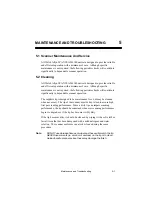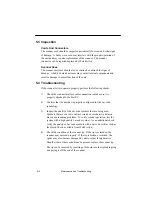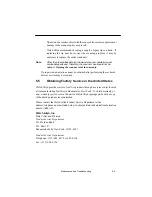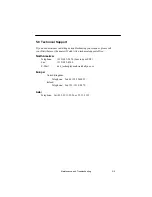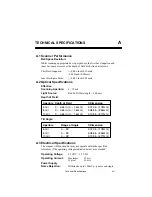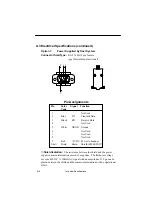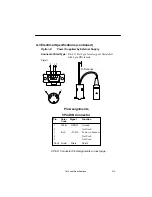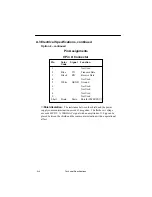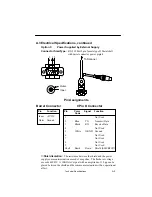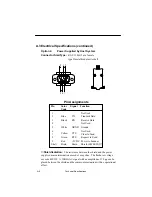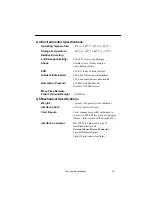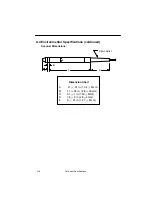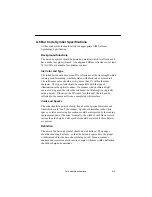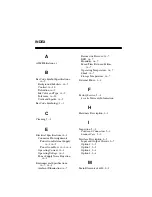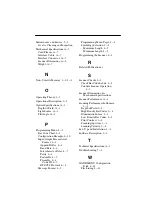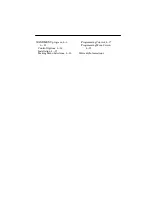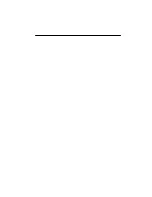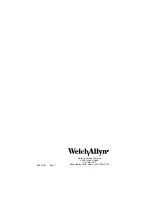
A–9
Technical Specifications
A.6 Bar Code Symbol Specifications
All bar code symbols should satisfy the appropriate AIM Uniform
Symbology Specification.
Background Substrate
The bar code symbol should be printed on material which is reflective and
has a matte (not glossy) finish. A background diffuse reflectance of at least
70% to 80% is desirable for optimum contrast.
Ink Color and Type
The inked bars should not exceed 25% reflectance at the wavelength which
is being used for reading, whether printed with black ink or colored ink.
The reflectance value should not vary more than 5% within the same
character. The type of ink should be compatible with the type of
illumination in the optical scanner. If a scanner with an infrared light
source is being used, the ink in the code must be IR absorptive (typically
carbon based). Otherwise, the IR would “see through” the ink and be
reflected to the sensor as if from a completely white surface.
Voids and Specks
The code should be printed clearly, free of voids, specks, blemishes and
lines which could “fool” the scanner. Specks or blemishes in the white
spaces, or false or missing bar sections could be interpreted by the reading
equipment as part of the code. Generally, the width of such flaws is more
serious than the height. Code symbols should be rejected if these defects
are present.
Definition
The bars in the bar code symbol should be well defined. Their edges
should not be rough or fuzzy, so that the bars and spaces have the proper
widths intended for the bar code symbology used. Since a scanner’s
aperture and resolution are chosen to comply with these widths, definition
should be sharp and consistent.
Summary of Contents for Scanteam 6180
Page 1: ...Serial Interface RS 232 Decoded Out Wand Technical Manual ...
Page 2: ......
Page 6: ...Limited Warranty ...
Page 12: ...vi Table of Contents ...
Page 46: ...4 22 Programming the Scanner ...
Page 52: ...5 6 Maintenance and Troubleshooting ...
Page 65: ... ...
Page 66: ......
Page 67: ......

